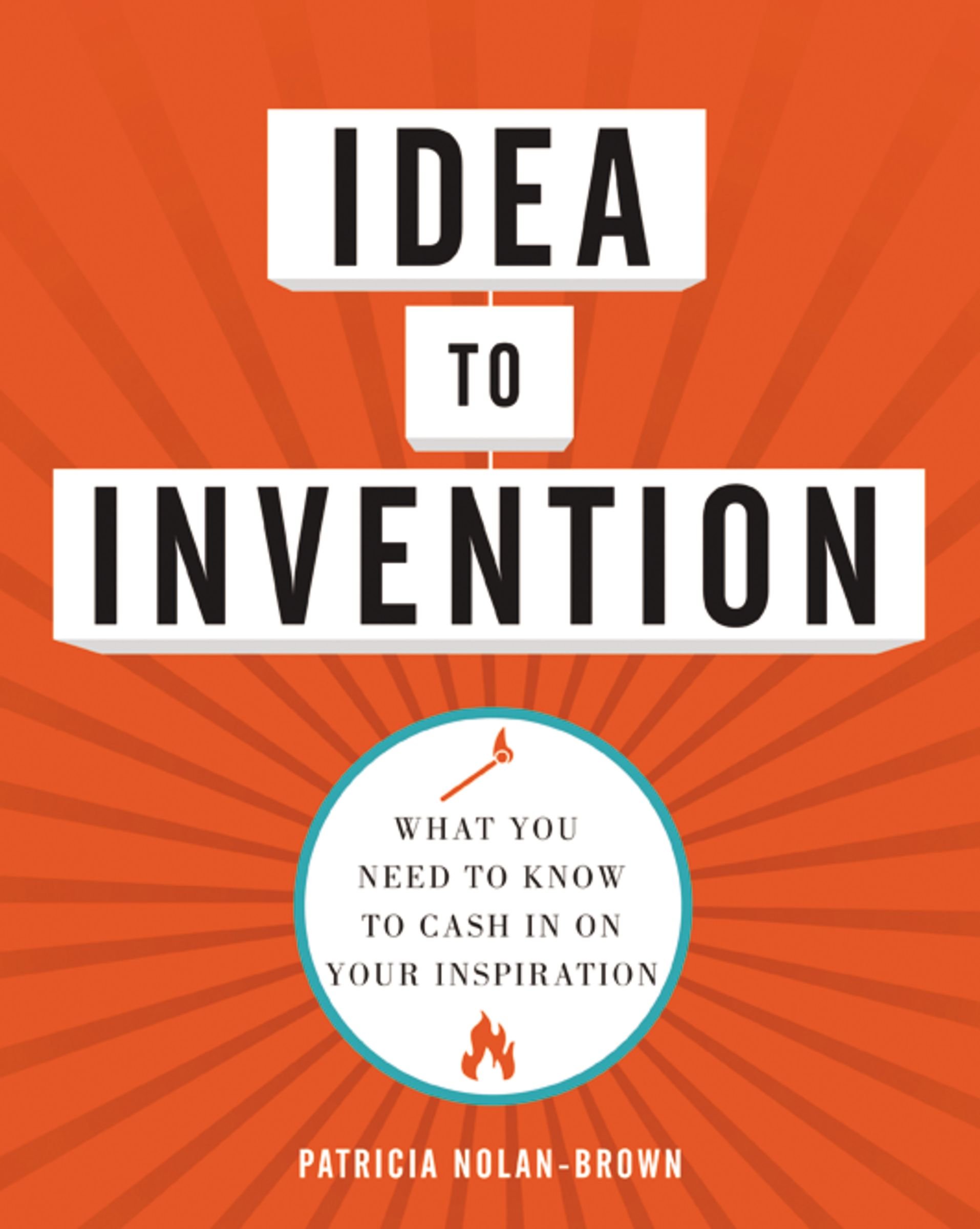📖 Idea to Invention (Patricia Nolan-Brown)
··3 mins
Table of Contents

Patricia Nolan-Brown
Takeaways #
- Fully focused on physical inventions / products to be mass produced and sold in stores
- First half of the book is about mindset, second half is about process
- I enjoyed the second half more, but there are a few good nuggets in the first half such as the communication types, the story about the founder of Mrs. Fields Cookies, and the echoing of detaching from your work and ideas and to not take everything personally
- Learned that it is possible to license out your product idea to various companies for manufacturing
- Also learned that manufacturers also take ideas pitched to them by inventors and it is a viable way of creating new product lines
6 personality traits to be a successful inventor (I.N.V.E.N.T.) #
- Inquisitive
- curiosity is an inventor’s best friend
- keep a curiosity / idea journal
- ask questions and try to understand how things work & why
- Nerve
- don’t worry about comparisons or take rejections personally
- detach from your ideas
- Voice
- exude enthusiasm and passion
- lean into your communication type:
- teacher: love showing how to do things; giving useful info
- inspirer: love motivating / empowering people with ideas and possibilities
- helper: love helping and being of service; improving peoples’ lives
- connector: love connecting emotionally to people; creating networks of connections between others
- Energy
- be able to energize yourself (body, mind, spirit)
- spend time thinking / doing things you love to do
- affirmations, positive thinking
- benefit others along the way
- Nourish
- support your creativity / inventiveness daily (just like eating)
- meetups, online groups, workshops/seminars, ted talks, biographies, mentors
- be picky about what you consume
- combat negativity with truth / empathy
- support your creativity / inventiveness daily (just like eating)
- Tenacity
- keep at it, be agile, trust yourself
- story of Debbi Fields and all of her setbacks
- quotes
- “It’s not that I’m so smart, it’s just that I stay with problems longer.” – Albert Einstein
- “Most people never run far enough on their first wind to find out they’ve got a second.” – William James
- “Never confuse a single defeat with a final defeat.” – F. Scott Fitzgerald
6 steps to inventing #
- Think it
- identify a need (broad appeal)
- solve a problem (but keep it simple, so it would be easy to manufacture)
- 10 items you use everyday exercise (come up with variations)
- refills / two-in-ones
- Cook it
- market research / competitive analysis
- track other product names, price range, materials, claims / features, packaging, and manufacturer
- research existing patents (Google / USPTO)
- viability, will it sell, potential for profit?
- pricing / potential licensees
- create sell sheet
- create prototype, including packaging
- website
- market research / competitive analysis
- Protect it
- NDAs, trademark, provisional patents, nonprovisional patents
- get a patent attorney and file PPA
- update sell sheet
- Pitch it
- generate buzz and excitement
- cold calls to licensees, store buyers (nice sample scripts included pg 125 - 129, 134)
- press releases and distribution
- tradeshows, press kits, and networking
- generate buzz and excitement
- Make it
- full business / manufacturing or license out to be made?
- can use licensing agents and LinkedIn to find potential licensees
- important license agreement terms to include:
- modifications clause
- patent retention
- quality
- exclusivity
- minimums (and increasing each new term)
- Thomas site to find suppliers for components
- Bedazzle it
- create “new and improved” before others do it
- constantly enhance and increase shelf life & attraction
- add something new, vary something, new use cases
